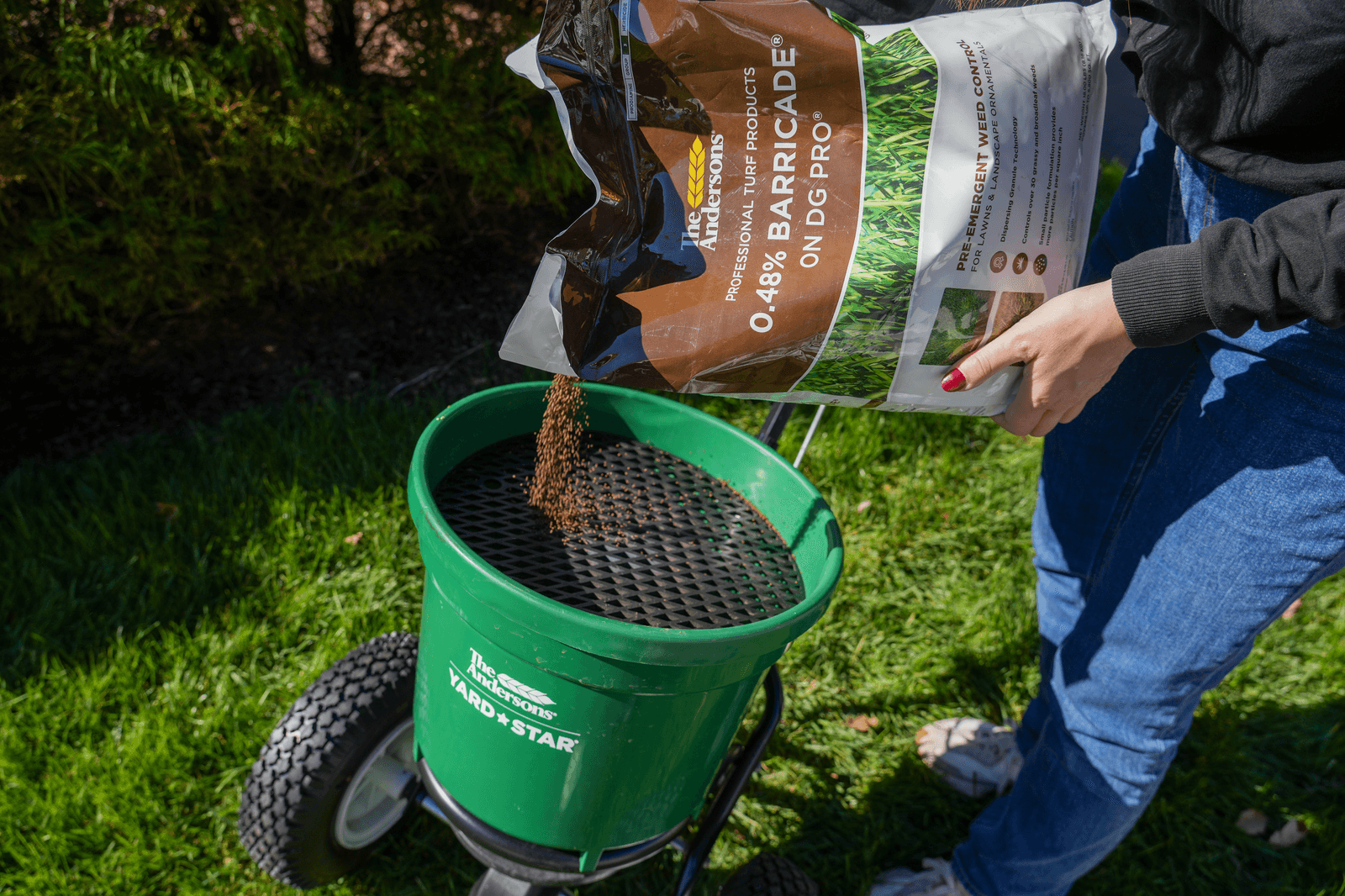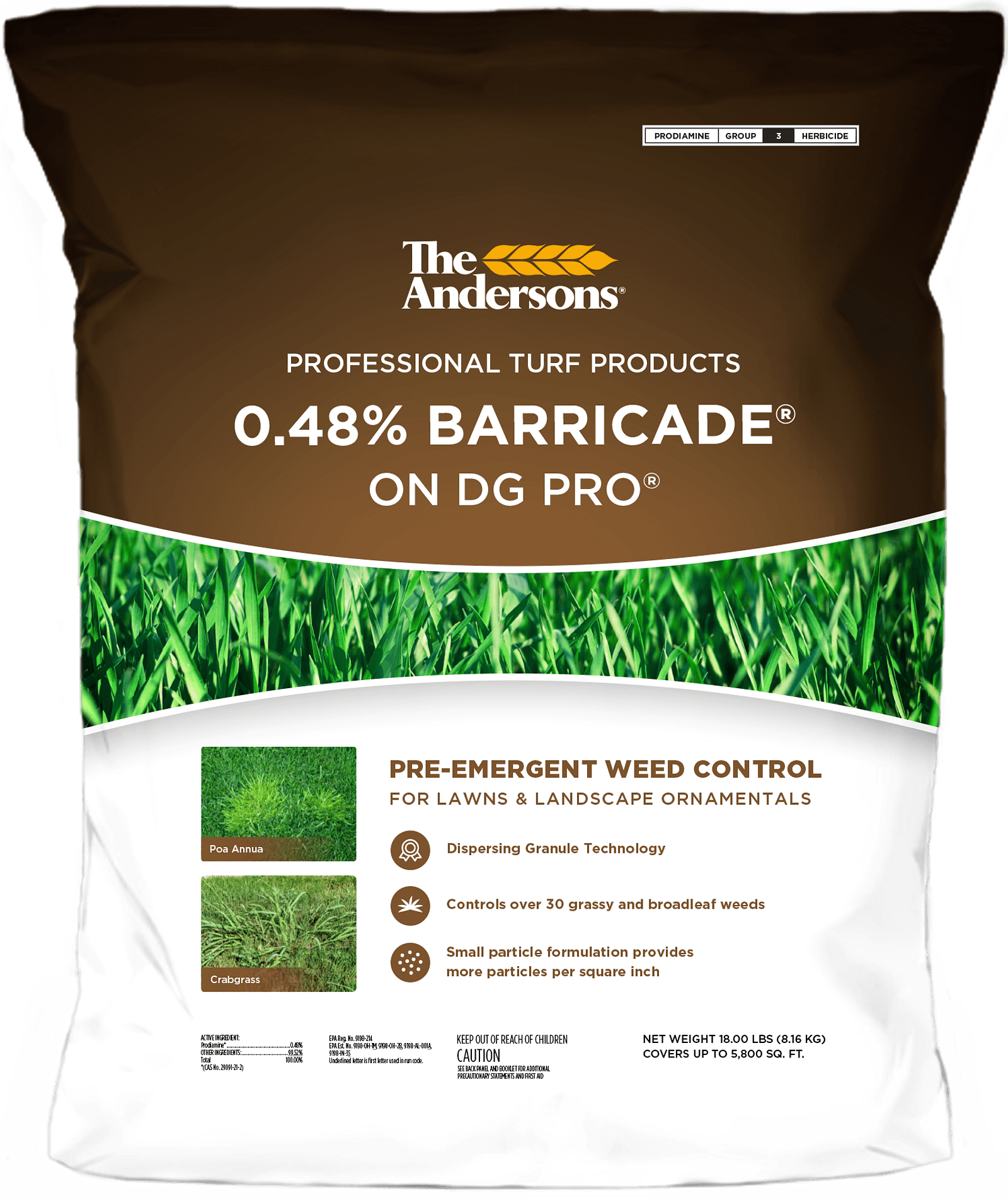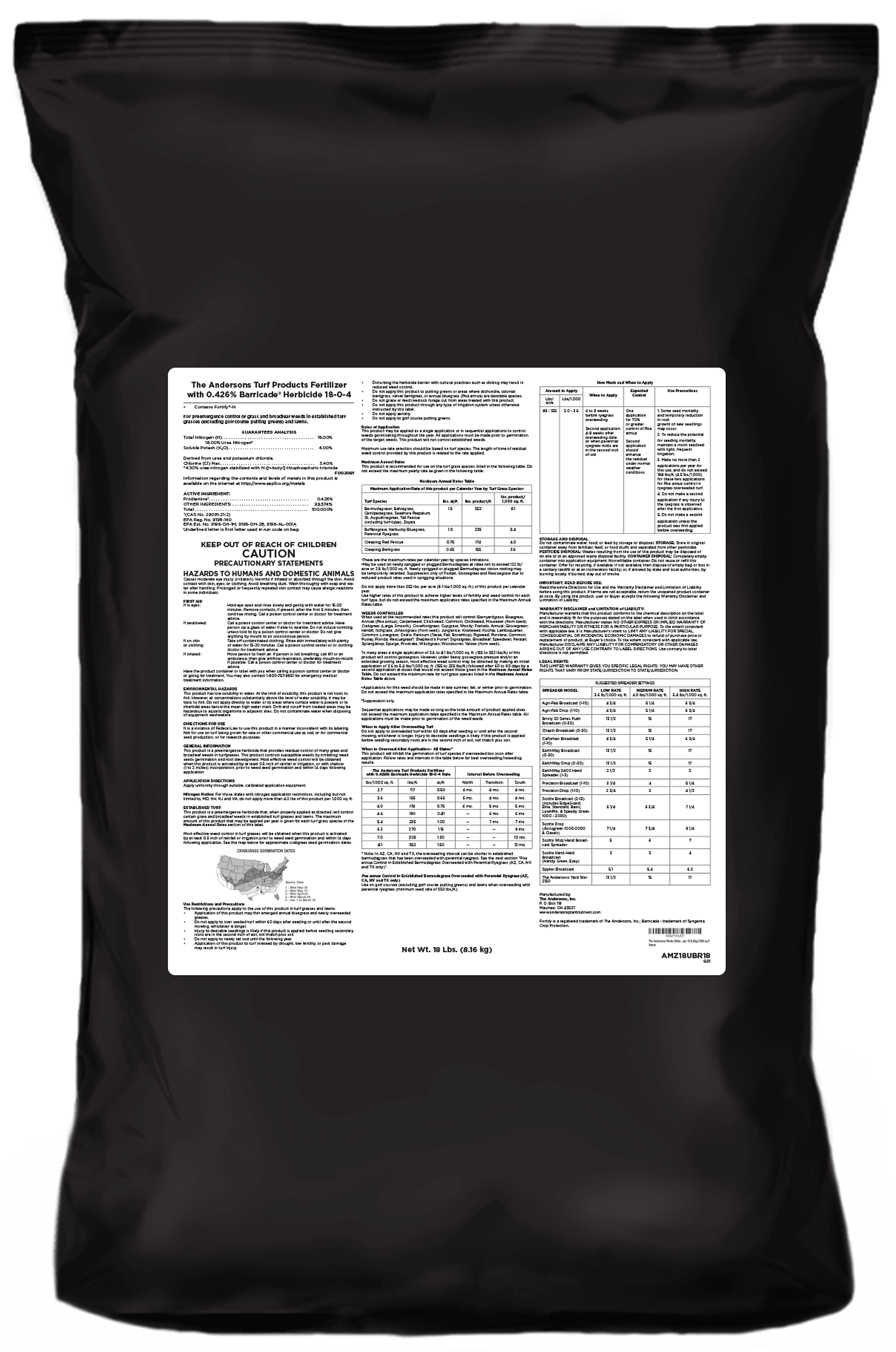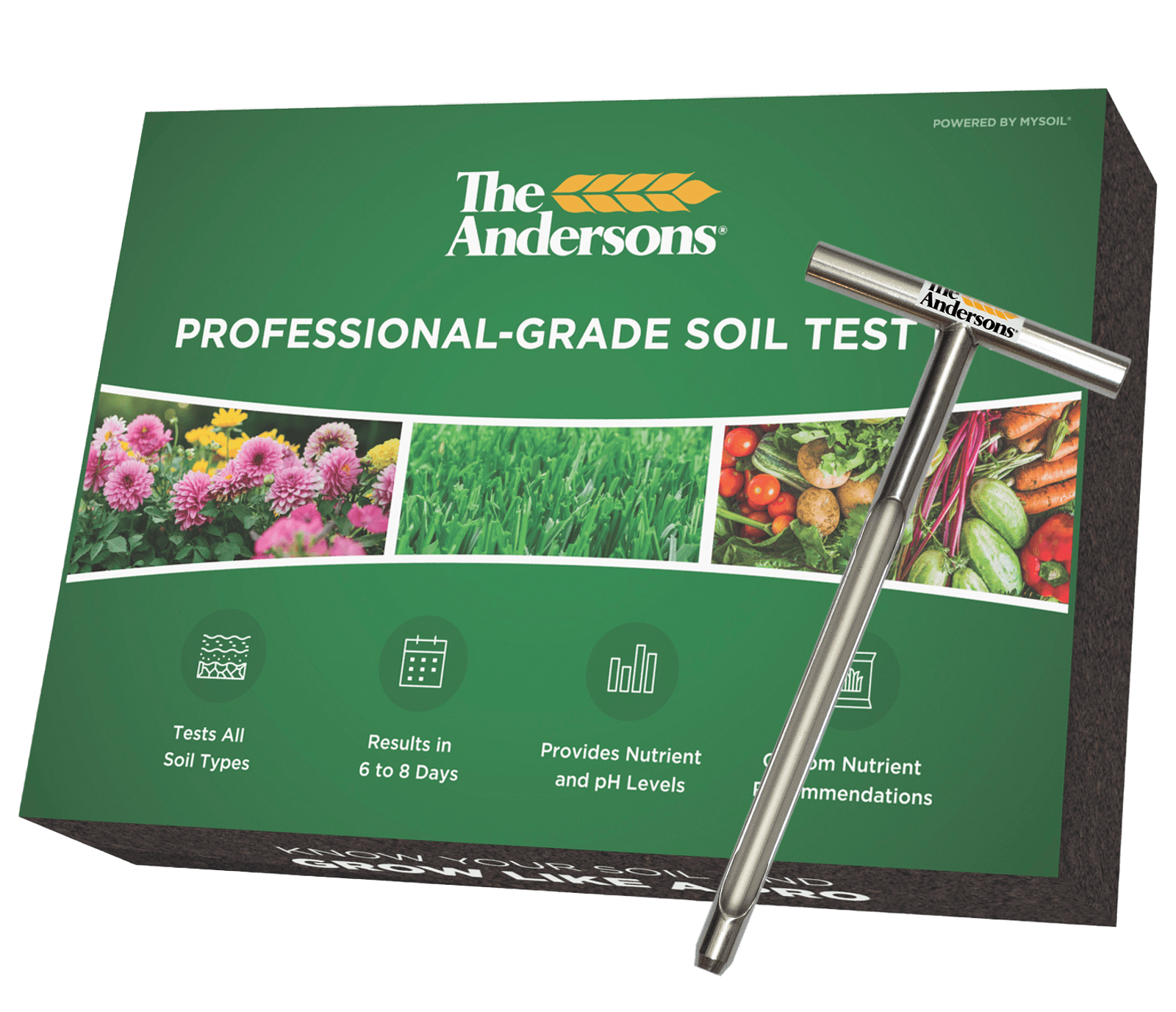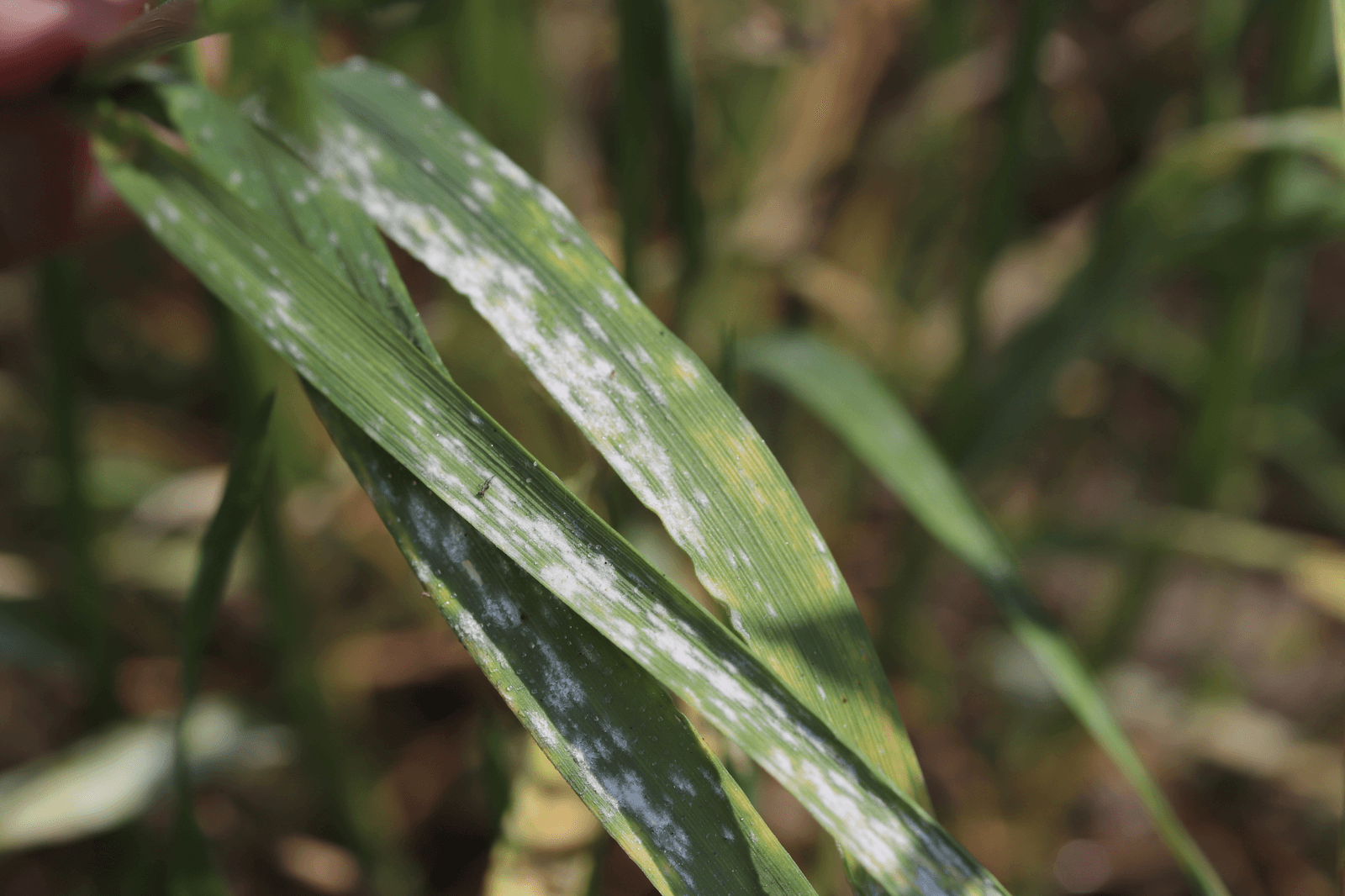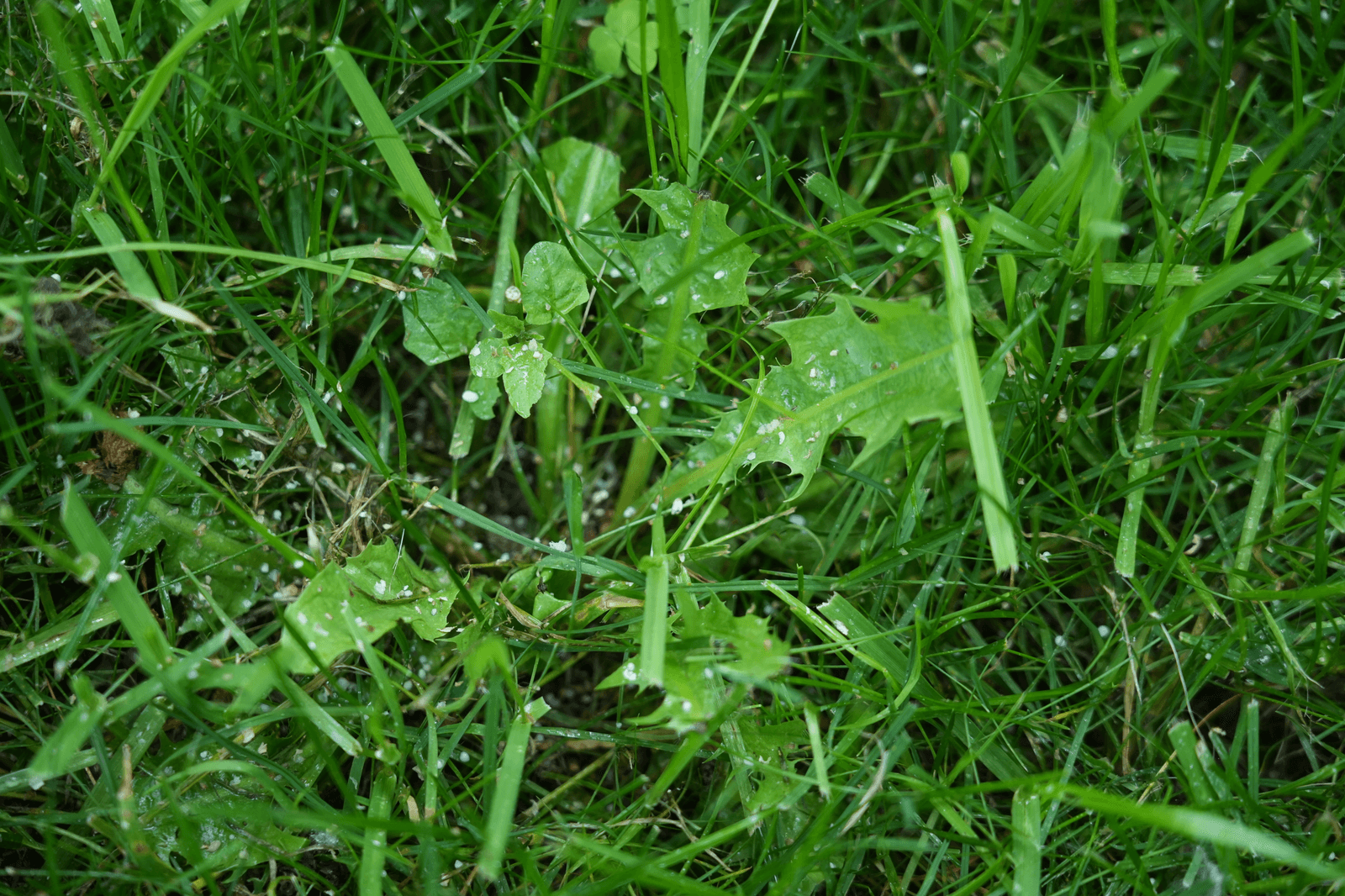The Do’s and Don’ts of Applying Pre-Emergent to Your Lawn
Pre-emergent herbicides, like Barricade®, are a fantastic tool for preventing weeds before they even have a chance to sprout. They work by creating a barrier in the soil that inhibits the germination of seeds, particularly those from weeds like crabgrass, poa annua and other annuals. But like any lawn care treatment, using a pre-emergent requires a bit of know-how to ensure it’s effective and doesn’t harm your lawn. In this blog, we’ll walk through the key do's and don’ts of applying pre-emergent to your lawn.
Do’s: Best Practices for Success
- Apply at the Right Time: Timing is critical when applying pre-emergent. To be most effective, you need to apply it before weed seeds germinate. The best time to do this varies based on your region and the type of weeds you’re targeting. As a general rule:
- For spring weeds (like crabgrass), apply pre-emergent in early to mid-spring, when the soil temperature consistently reaches about 53-55°F for a few days. Use to map below to determine the best time to apply a pre-emergent based on your location. This map shows averages - use a soil thermometer or keep an eye on local weather patterns to determine the best time for your specific area. Click here to learn more about crabgrass.

- For fall weeds (like chickweed), apply in the early fall when soil temperatures drop below 70 degrees. Use a soil thermometer or keep an eye on local weather patterns to determine the best time for your specific area. Weeds like poa annua also require a fall application of a pre-emergent. If you see poa annua anywhere in your lawn in the spring or summer, you will need to treat your lawn in the fall and in the next spring to prevent poa annua from returning. Click here to learn more about preventing poa annua.
- Water After Application: After applying pre-emergent, it’s essential to water the lawn. This helps the product settle into the soil and activates the herbicide, ensuring it forms the protective barrier necessary to block weed growth. Watering immediately after application also prevents the chemical from sitting on the grass blades, which can cause damage.
- Choose the Right Product for Your Lawn: There are various pre-emergents available on the market, each designed for different types of weeds and grass. Read the label carefully to make sure you’re choosing one that works for your specific situation. Some products may be safe for cool-season grasses, while others are better suited for warm-season grasses.
- Apply Evenly: For the pre-emergent to be effective, it must be applied evenly across your lawn. Uneven application can lead to areas where weeds can still germinate. Use a broadcast spreader or sprayer to ensure uniform coverage, and follow the recommended application rate carefully.
- Keep In Mind That Pre-Emergent Inhibits New Seed Growth:
If you have bare spots or thin areas in your lawn, consider reseeding them after applying pre-emergent. However, be cautious: pre-emergents prevent seed germination, so wait for the appropriate time after applying (usually 4-6 months) before reseeding. We recommend that if you need to apply a pre-emergent and seed or overseed in the same season, do one in the spring and the other in the fall. Refer to the pre-emergent's product label for recommended interval before seeding.
Don’ts: Mistakes to Avoid
- Don’t Apply Too Early: Applying pre-emergent too early can lead to ineffective results. If the soil is too cold, the chemical may break down before weeds have a chance to germinate. On the flip side, applying too late means the weeds might have already started growing, and the pre-emergent won’t be effective. Be sure to monitor soil temperatures for optimal timing.
- Don’t Apply on Wet Grass: While watering after applying pre-emergent is essential, you should avoid applying it when the lawn is already wet from rain or dew. Wet grass can cause the herbicide to clump or wash away, leading to an uneven application and decreased effectiveness. Always apply to dry foliage.
- Don’t Use Pre-Emergent on New Lawns: If you’re planting a new lawn from seed or sod, avoid applying pre-emergent until after the new grass is established. Pre-emergents can inhibit the germination of grass seed, so it’s best to wait until the lawn has been mowed at least once before applying. However, your soil temperatures at this point may be too warm to apply a pre-emergent anyway. We recommend that if you need to apply a pre-emergent and seed or overseed in the same season, do one in the spring and the other in the fall.
- Don’t Forget to Read the Instructions: Always read and follow the manufacturer’s instructions on the label. Pre-emergent products vary in terms of application rates, timing, method of use, and the species of weeds it is effective as controlling. Failing to adhere to the guidelines could result in poor performance or damage to your lawn.
- Don’t Ignore Post-Emergent Weeds: Pre-emergents are designed to stop weed seeds from germinating, but they don’t do anything for weeds that are already established. If you’ve got perennial or existing weeds, consider applying a post-emergent herbicide, such as Surge® Weed & Feed 16-0-9, to target these plants after they’ve emerged.
- Aerate/Dethatch Before Applying Pre-Emergent: Disrupting the soil after applying a pre-emergent will make the pre-emergent ineffective, as it breaks the barrier in the soil that the chemicals in the pre-emergent had created. If you're planning on aerating or dethatching, plan to do it before applying a pre-emergent.
Conclusion
Pre-emergent herbicides are an effective and proactive way to keep your lawn healthy and free of invasive weeds. By following these do’s and don’ts, you can maximize the benefits of your pre-emergent application while avoiding common mistakes that could damage your lawn or reduce its effectiveness. Be mindful of timing, application methods, and your lawn’s unique needs to enjoy a weed-free, lush landscape all season long!
